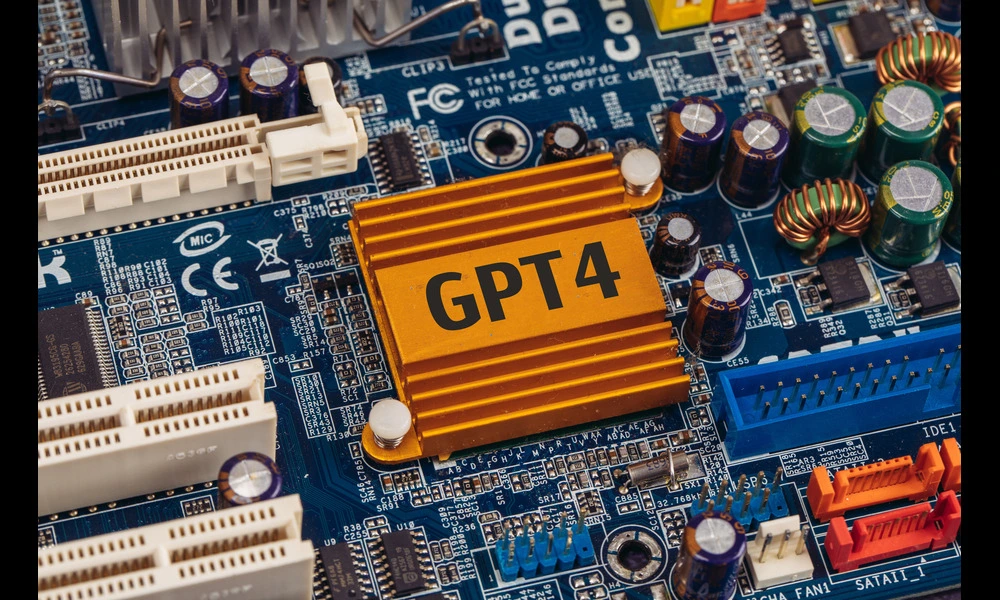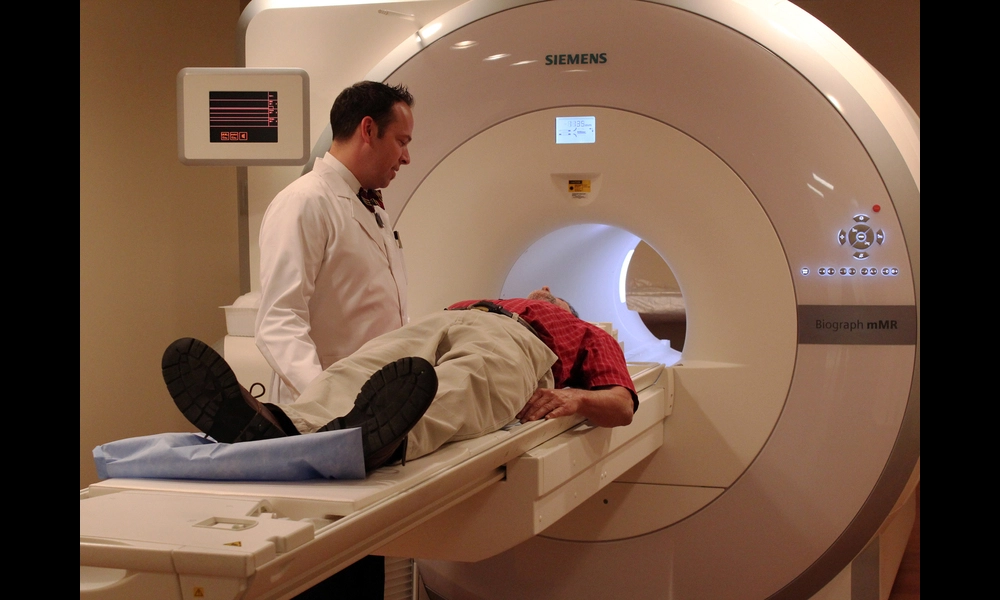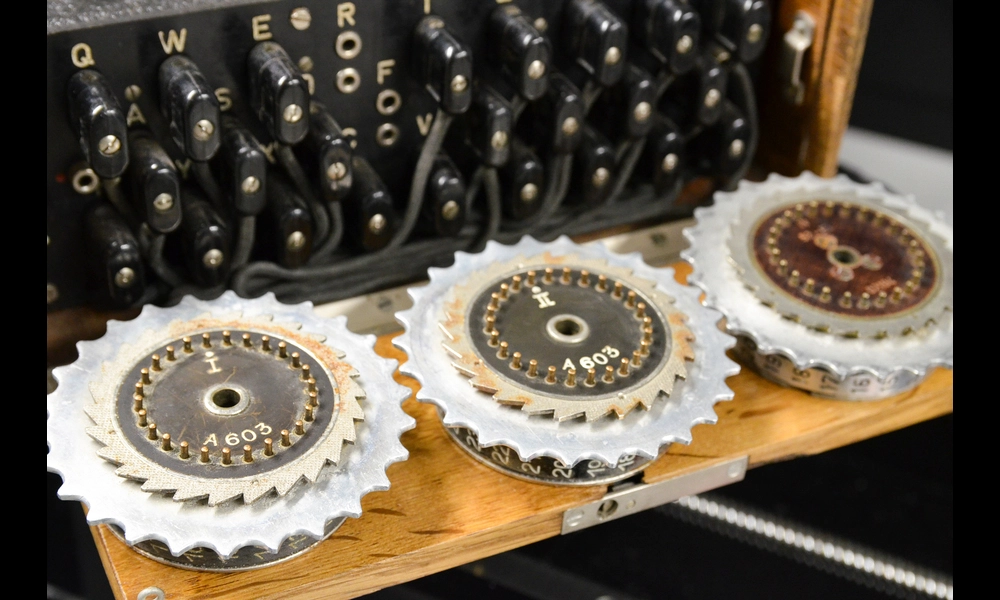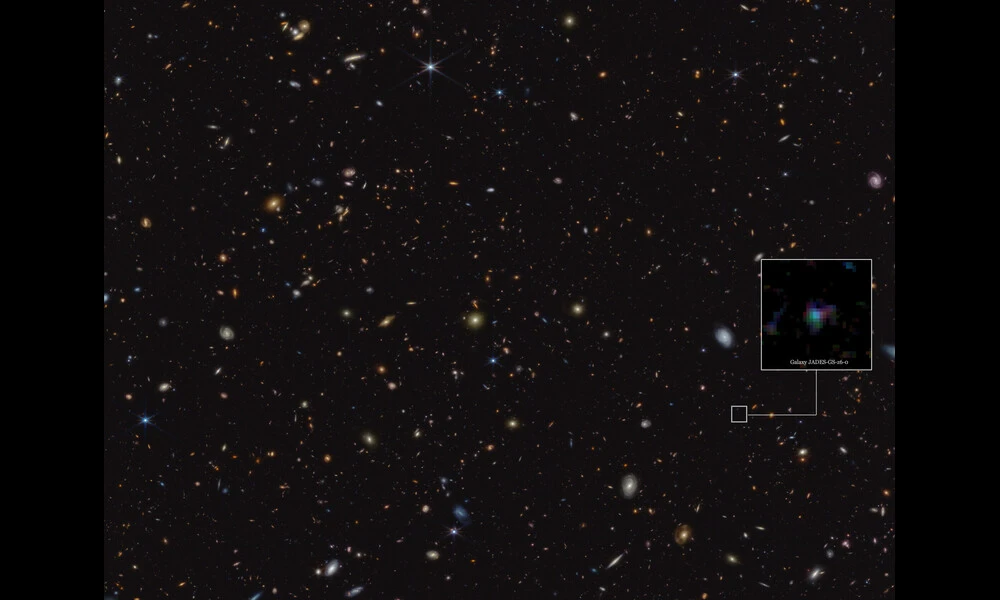Controllable Text-to-Image Generation Breakthrough With GPT-4
Published on Mon May 29 2023 GPT4 Chipset Heatsink On Motherboard | Jernej Furman on flickr
GPT4 Chipset Heatsink On Motherboard | Jernej Furman on flickrControllable Text-to-Image Generation with GPT-4
Researchers have made a breakthrough in the field of text-to-image generation with the introduction of Control-GPT, a novel method that enhances the ability of models to follow textual instructions. This advancement is especially significant when it comes to instructions that involve spatial reasoning. The technique involves leveraging the precision of Large Language Models (LLMs), specifically GPT-4, to generate programmatic sketches that guide the image generation process.
One of the key challenges faced by the researchers was the lack of a dataset containing aligned text, images, and sketches. To address this, they converted instance masks from existing datasets into polygons to mimic the sketches used during testing. By incorporating GPT-4's generated sketches as references alongside the text instructions, the researchers were able to improve the controllability and accuracy of image generation. The results show a nearly doubled accuracy compared to previous models.
The precision and controllability of LLMs in generating sketches were evaluated through a human evaluation. The researchers benchmarked the performance of GPT-4 against open-sourced models and found that GPT-4 exhibited astonishingly high accuracy of approximately 97% in following text instructions. This highlights the potential of LLMs to enhance performance in computer vision tasks.
Control-GPT also has implications beyond text-to-image generation. It opens up possibilities for joint optimization over different AI models and provides greater creative and editorial control in various applications such as arts and other creative domains.
Despite the promising advances, there are limitations to consider. One major limitation is that optimizing the model requires a labeled dataset consisting of polygons, which hinders its ability to leverage large-scale unlabeled datasets. However, the researchers are exploring ways to utilize unlabeled datasets in the future. Additionally, as with any generative AI technology, there is the concern about potential social impacts, such as the generation of malicious content or automated disinformation. This emphasizes the need for responsible use and safeguards.
The paper, titled "Controllable Text-to-Image Generation with GPT-4," demonstrates the significant progress made in the controllable generation of images from text instructions. This research not only advances the field of computer vision but also highlights the tremendous potential of LLMs in enhancing AI performance.



